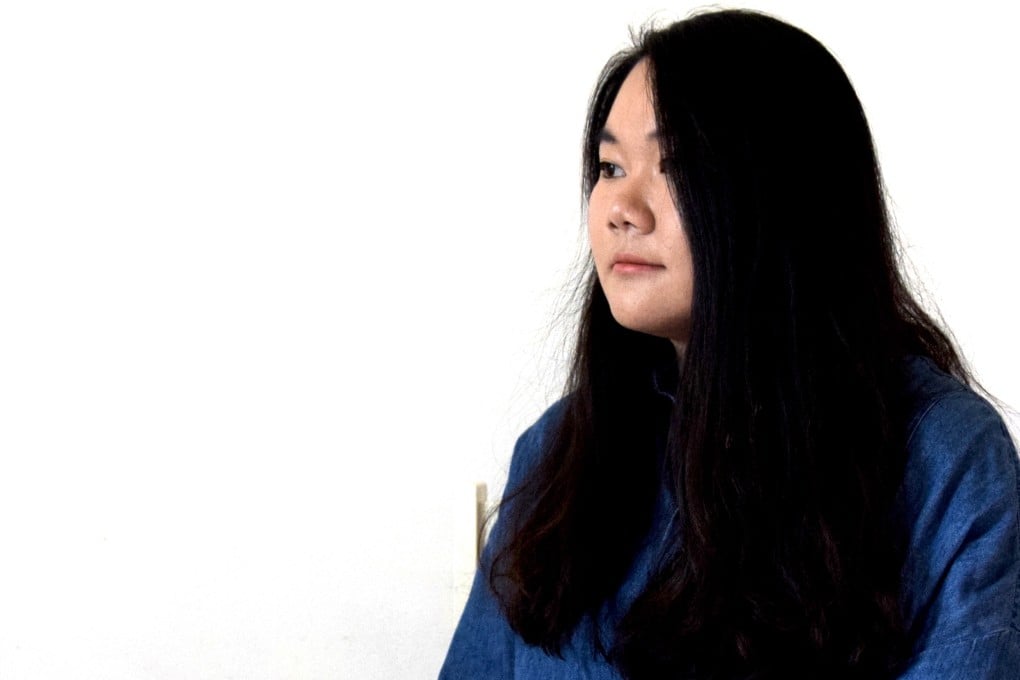How Gabriel Garcia Márquez’s One Hundred Years of Solitude changed an artist’s life
- When contemporary artist Hilarie Hon Hang-lam read Márquez’s book it convinced her to follow her instincts and focus on painting

One of the landmark works of 20th century literature, One Hundred Years of Solitude (1967), by Colombian author Gabriel Garcia Márquez, tells the story of the rise and fall of the Buendía family over seven generations and the fictional town they established.
A foundational text of magical realism, which juxtaposes the mundane with the wildly fantastic, the book is also a caustic comment on Colombia’s self-interested elites. Hong Kong contemporary artist Hilarie Hon Hang-lam tells Richard Lord how it changed her life.
It’s the work that made me realise I wanted to focus on painting. I first encountered it during high school – I just came across it in a bookstore. But I wasn’t patient enough to figure out all the characters’ names at first (multiple characters across generations in the book often share the same name). I just left it on my bookshelf.
The first time I really read it was at a challenging stage for me. It was during the last year of my degree in visual arts at Hong Kong Baptist University.

All art students need to finish a graduation work – it’s very important to us. I really, really wanted to go for painting. But all of my professors said no – I’d spent all my credits working on craft. I felt like I could not do what I wanted.
